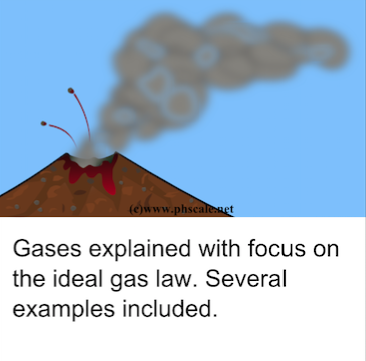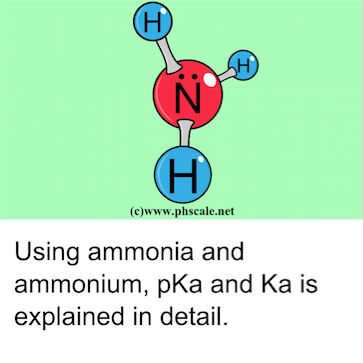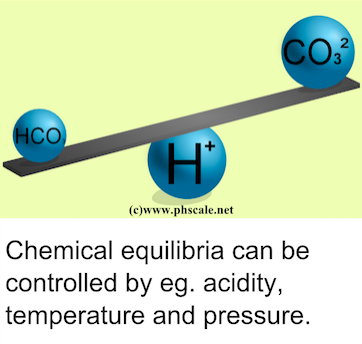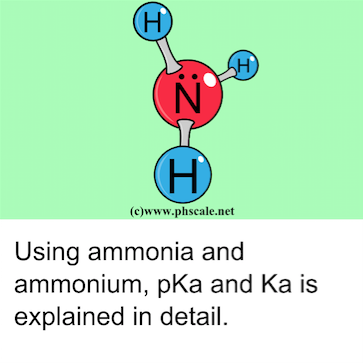Background
As shortly explained in the section about how to calculate pH in a solution of dissolved NaHCO3abuffer has the capability of keeping pH within a certain and narrow range even if an excessof hydrogen ions H+or hydroxide ions OH–are added.
In this particular page I will elaborate a bit on why buffers actually have the capabilities of resistingchanges in pH when acid or base is added.
Before I move on I suggest you read the pdf documents showing how equilibriums are calculated and howpH in a NaHCO3solution is calculated. Links are found in the margin to the left. Also notice that this webpagealso has its own pdf version.
NaHCO3considered
Consider the solution mentioned in the NaHCO3section made up of 0.1 M NaHCO3.We can show that unlikepure water this solution of sodium bicarbonate is extremely good at resisting pH changes when HCl is added.
Now in order to follow the arguments an excel spreadsheet is needed to do all the calculations. You candownload the spreadsheet for this example by clicking here.
As is seen in this excel spreadsheet at the end of row 16, the pH in the solution is 8.31. Now let’s figure outwhat happens when 0.0005 mole HCl is added (volume change is neglected).
This starts at row 20 in the excel document. In row 29it is seen that the pH should decrease to approximately pH = 8.21 which is not much.
Had it been a solution ofpure water the pH would have dropped to -LOG10(0.0005) = 3.3.
Web resources
Buffers explained at Chemguide
Tables of buffers
Buffers in blood







